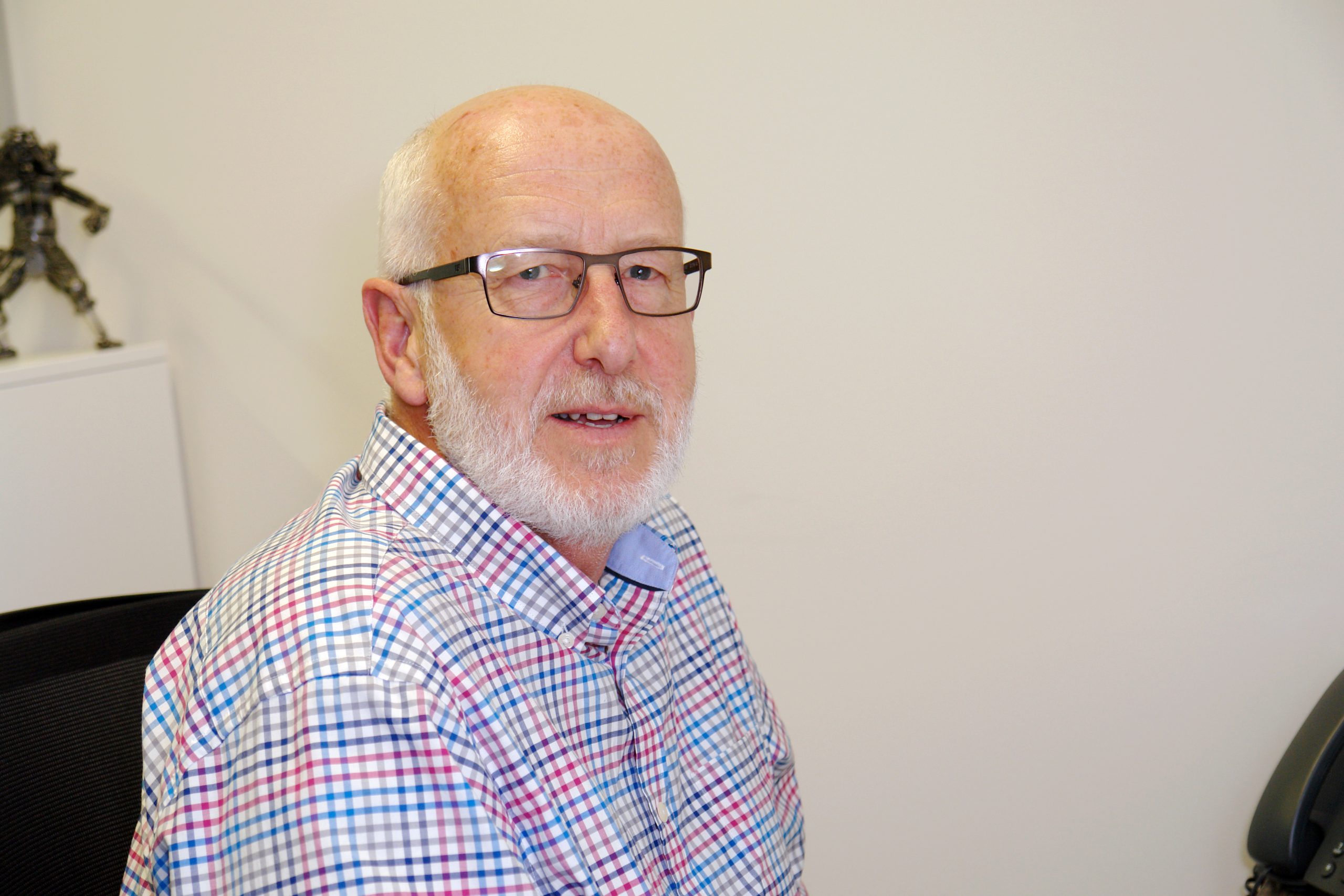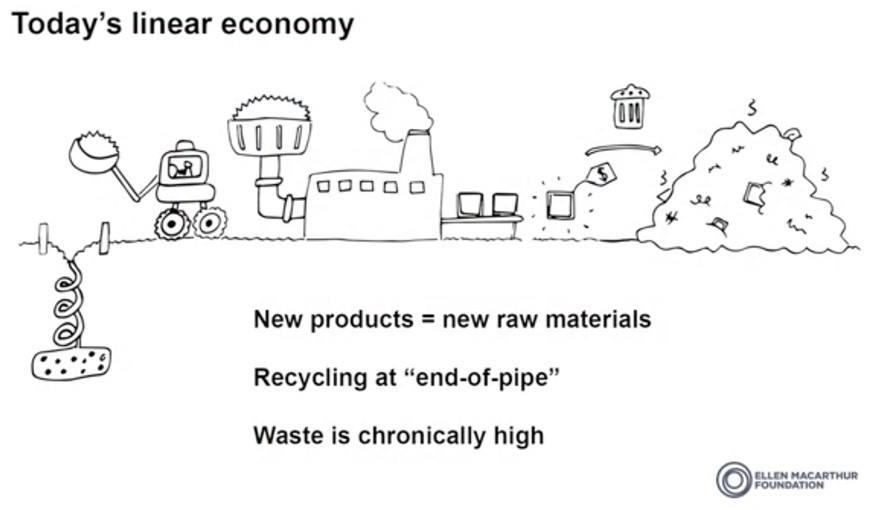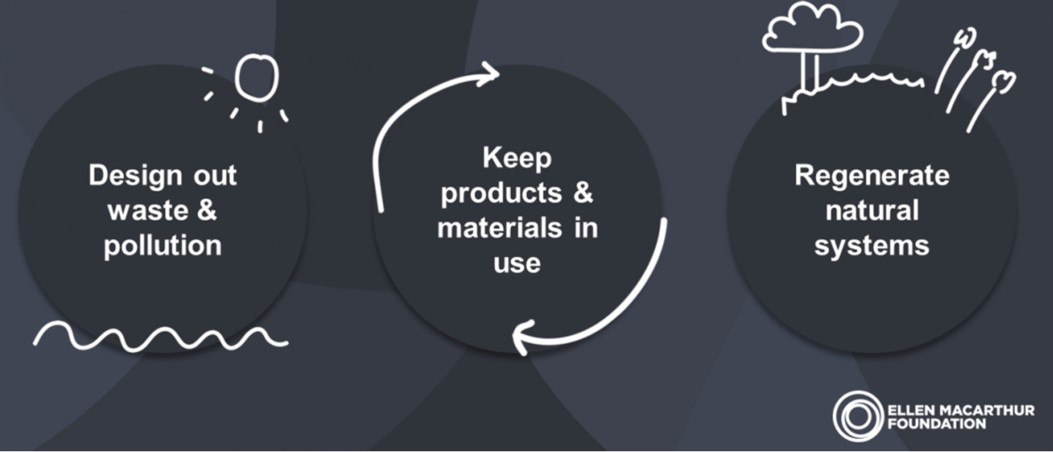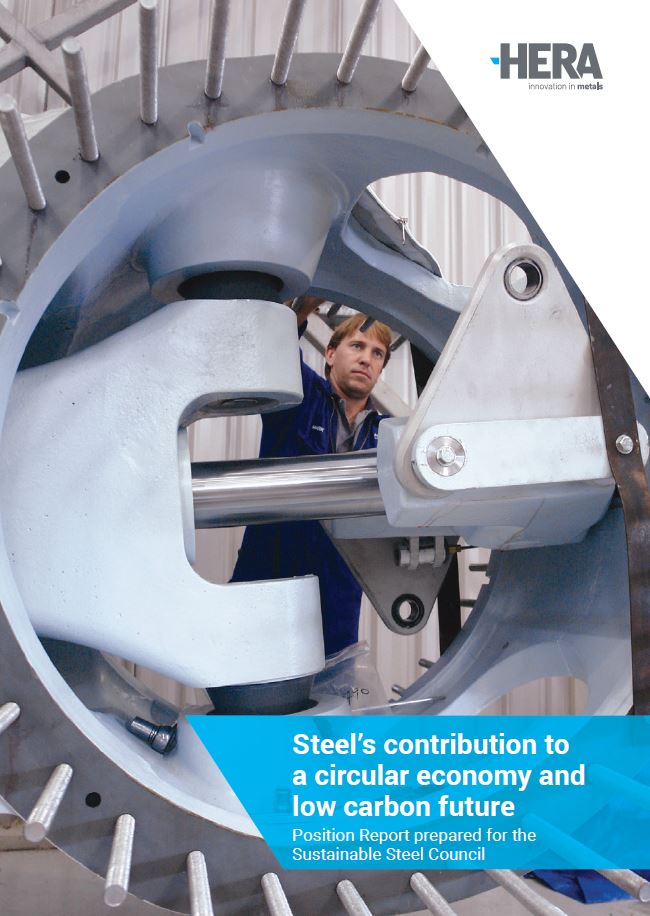The biggest single industry in New Zealand for waste is building and construction.
So with commercial construction at record levels, residential building consents peaking at 1970’s levels, massive housing shortages combined with anticipated additional demand from Kiwibuild – we must find a better way.
The solution is adopting circular economy thinking. Not only does this ease the pressure on landfills, but supports New Zealand’s transition to a vibrant, low-emissions future.
Metal provides an established pathway through the circular economy
Ministry for Environment (MfE) estimated that over 3m tonnes of construction and demolition waste ends up in landfill each year.
BRANZ provides further insight, estimating that each new house generates over four tonnes of waste. This is comprised of “timber (20%), plasterboard (13%), packaging (5%), metal (5%) and other (45%)”, and the bulk of this is new material.
A 2015 study by the Club of Rome suggests that the circular economy could bring 70 percent cut in carbon emissions by 2030.
What is the circular economy?
Basically, it is to ensure we can unmake, upcycle, reuse or recycle anything we make.
MfE is working with the Ellen MacArthur Foundation to transform New Zealand businesses and has a great introductory video: “Redesigning our thinking – a circular economy.”
The Sustainable Business Network has been a leader in working with New Zealand businesses across the economy and has identified six key leverage points
- Design,
- Demand,
- Infrastructure,
- Ownership,
- Emerging Technology, and
- Legislation.
Why should Metals New Zealand be interested in the circular economy?
It all starts with design. If you haven’t read Cradle to Cradle by William McDonough (architect) and Michael Braungart (scientist, chemist, process engineer) then I suggest you should.
They separate materials into two spheres – the biosphere and the technosphere. And, advocate for the two spheres to be kept separate.
Metals are the ultimate technical materials in a circular economy as the steel, stainless steel and aluminium are infinitely recyclable.
While we need to acknowledge the high energy, high emission process which create our metals, work is being done globally by large steel and aluminium processors to significantly reduce their carbon footprint.
Locally New Zealand Steel has made significant progress in reducing energy use and 70% of its electricity is generated on site through co-generation processes.
Modern design and manufacturing processes enable optimal use of material. For example Steltech delivers optimised beams and columns. Steel beams are frequently reused. Scrap metal is frequently upcycled by foundries into high value castings.
Valuable scrap aluminium is recycled in New Zealand into high value aluminium windows – Omega windows have globally the lowest embodied carbon of any window manufacturer.
Little of our valuable metal ends up in landfill (refer to previously quoted BRANZ figures). This is because it is infinitely recyclable, it has significant commercial value and is traded as a global commodity.
What we can take from it all?
In conclusion, the circular economy starts with good design and metals enable us to deliver on the circular economy. The rationale is not purely environmental. It’s also economic.
Innovation around our resources also brings new businesses and jobs and gain first mover advantage in meeting strong consumer expectations.
So while we have a challenge on our hands, it is also an opportunity for New Zealand’s building and construction sector.
Want to know more?
This article is authored by Metals NZ Chief Executive Nick Collins.
If you are interested to know more, you may want to read our position report prepared for the Sustainable Steel Council on “Steel’s contribution to a circular economy and low carbon future.”
You can also contact Nick directly via email, or by phone on +64 9 262 4846.




